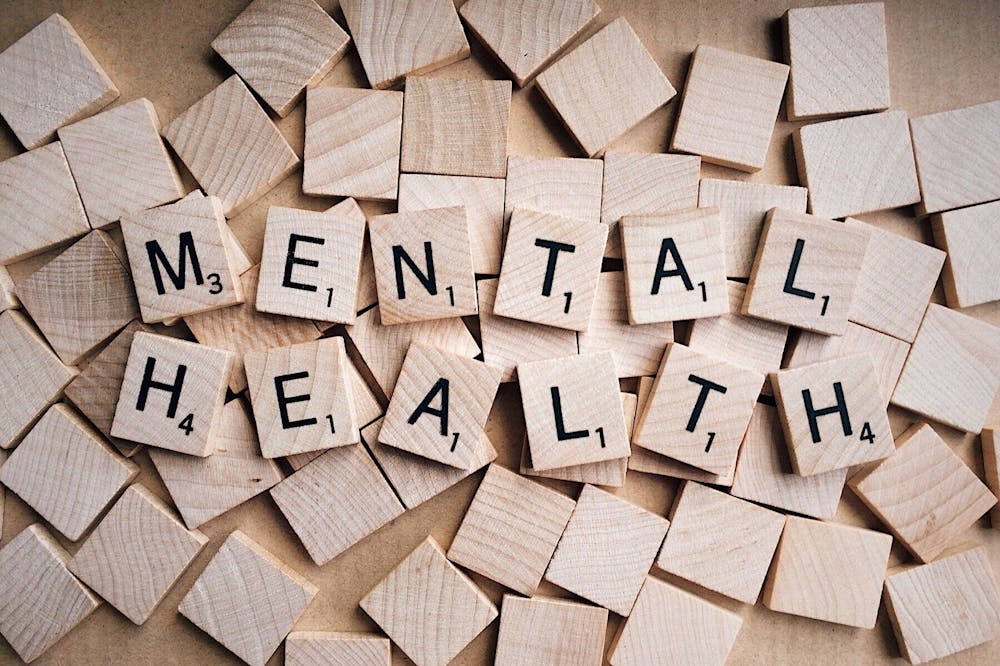As the COVID-19 pandemic approaches the two-year mark, the mental health crisis induced by it continues to escalate. With 14% of U.S. youth and 19% of adults suffering from mental illness, understanding the factors that influence mental health is a crucial endeavor. These efforts are led in part by Christina Bethell, director of the Child and Adolescent Health Measurement Initiative and professor of population, family and reproductive health at the School of Public Health.
Over the past 25 years, Bethell has worked to tell the story of mental health in children at the national level, crafting research methods and determining which variables to study on the National Survey of Children’s Health.
Her recent paper “Social and Relational Health Risks and Common Mental Health Problems Among US Children” marks the culmination of her efforts, which she discussed in an interview with The News-Letter.
“I got into the research side because there was no data. We couldn't study what was going on in populations because we didn't have measures of childhood adversity and family,” Bethell said. “The argument was, if we're going to influence policy or be able to drive funding and capacity building and training, we need [data to] tell the story at a population level.”
The paper analyzes the impact of both relational health risks (RHR) and social health risks (SHR) on children’s mental, emotional and behavioral conditions (MEB). It concludes that children facing relational risks are more likely to have MEB than those solely facing social risks, but these impacts are offset by strong relationships and family resilience.
SHR include food insecurity, economic hardship and homelessness, residence in an unsafe neighborhood and exposure to violence and racism. These are contrasted with RHR, such as living in a household with two or more adverse childhood experiences (substance abuse, domestic violence, parental death, divorce, incarceration), parental child abuse, one or two caregivers with poor mental health and caregivers who lacked emotional support.
“The reason we looked at SHR and RHR separately is that most people combine them into one uber-construct called social determinants, but they function differently from a scientific point of view,” Bethell said. “Children who have social determinants may also have relational determinants, but I was curious to know whether they operated differently.”
Her research confirmed this difference, with 21.8% of children ages 3 to 17 having MEB — a statistic that varied fourfold across groups of children based on both the type and amount of RHR and SHR they experienced. Of children exposed to both SHR and RHR, 60.4% had MEB, as compared to 42.3% of children only exposed to RHR and 28.8% of children only exposed to SHR.
Among the resulting health outcomes is that children with MEB are half as likely to display self-regulation skills — a number further impacted by RHR — that are necessary for engagement in school and resilience needed to bounce back from situations.
“Only 40% of kids in the country are living in families that, on their own, report these items. If anything, that report is optimistic,” Bethell said. “When you have such low rates of flourishing, high rates of problems and low rates of resilience, you have problems — because what happens when you deactivate help is that you deactivate even keeping your eye open for opportunities to continue to strive to flourish despite adversity.”
The single greatest factor in determining a child’s resilience is the resilience and strength of relationships with their family and/or caretakers, she noted. The chances that a child demonstrates good self-regulation skills were 3.44 to 10.04 times greater for children with stronger parent-child connections. According to Bethell, cultivating these relationships is key.
“A lot of it comes down to identifying problems... Looking at positive, healthy attachment and relationships early, looking at social needs that families may have, connecting them with resources and training parents and families while we address social factors,” she said.
Additional training of health-care workers, teachers, social workers, school administrators and other community members alongside classroom time devoted to discussions of mental health and well-being is also a key step in improving the mental health crisis.
While the road is long, Bethell has hope for the future.
“We're not going to change public policy and have more equity until we start having individuals who believe life is worth living, that we all matter, that we impact each other and that we can use our science to really create a life worth living and Earth we're saving,” she said. “We are the product of a series of very resilient people, and we can't forget that our capacities are enormous. We are the medicine existing within and in between us.”
















Please note All comments are eligible for publication in The News-Letter.